In 2014, Glasgow-based artist Corin Sworn was announced the winner of the fifth Max Mara Art Prize for Women, a biannual award set up to nurture female talent in the UK. Silent Sticks, currently on show at the Whitechapel Gallery, is the result of Sworn’s six-month residency in Italy awarded as part of the prize – it also marks the artist’s first major UK solo exhibition. Drawing on the Italian Renaissance tradition of the Commedia dell’Arte – an improvisational form of street theatre performed by itinerant actors – Sworn’s installation features theatrical costumes and props, alongside accompanying sound and video works. The display is unsurprising given how the artist often fuses images with spoken narrative, in works dealing with the cultural and historical weight of objects.
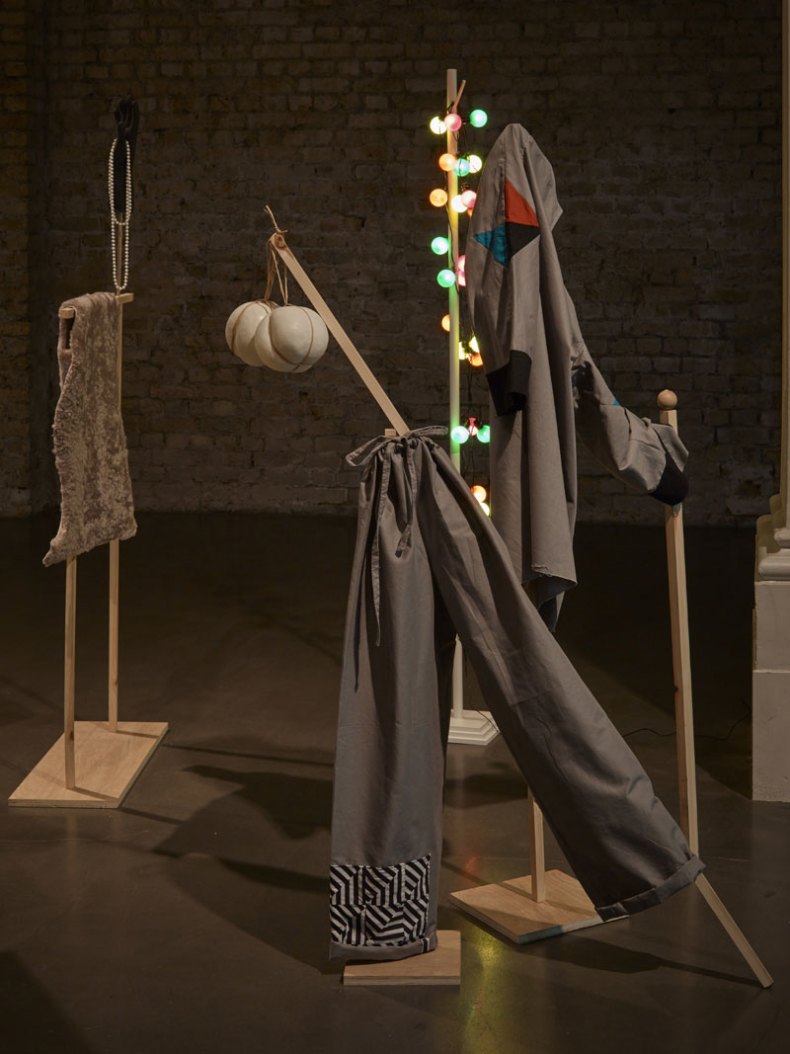
Installation view at Whitechapel Gallery, London. Photo: Stephen White, courtesy Whitechapel Gallery
Sworn is interested in the oral nature of the Commedia, and its lack of written roots – itself a challenge to the artist’s own research. The idea of the unscripted forms the backbone to the show, which revels in the make-believe, and points to the artist’s wider interest in how the stories we tell are endlessly disseminated, appropriated, rethought. Think of her 2010 work Lens Prism: speaking directly to camera, an actor delivers a monologue on a theatrical stage. Weaving a tale that merges fact and fiction (Sworn’s work is crammed with literary references), the jumbled identities assumed by the narrator makes for a recital that becomes increasingly disjointed and wholly unreliable.
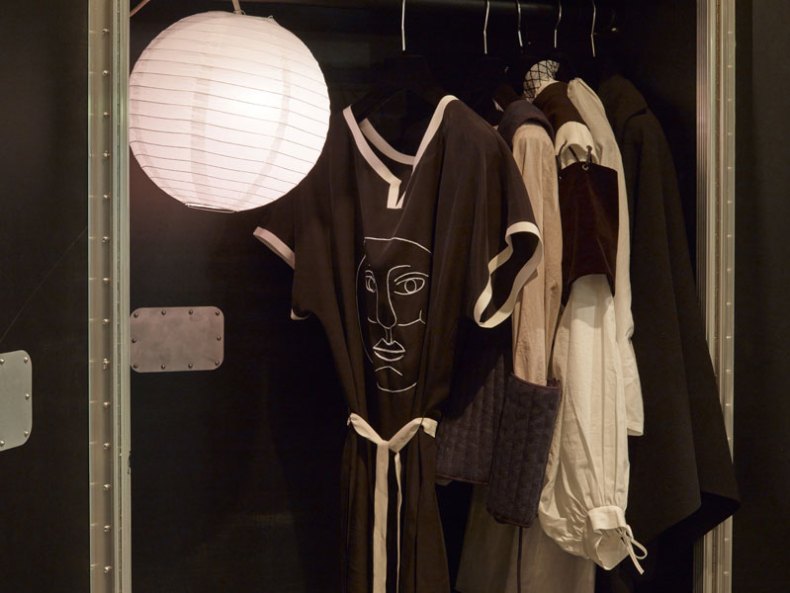
Installation view at Whitechapel Gallery, London. Photo: Stephen White, courtesy Whitechapel Gallery
This interest in the fluid nature of identity continues in Silent Sticks. Influenced by how the Commedia played with the farce of mistaken identity and masquerade, Sworn’s work incorporates the story of French peasant Martin Guerre – a popular tale prevalent during the Renaissance, and one constantly retold over the centuries. After stealing grain from his uncle, Guerre disappears, abruptly abandoning his wife and family. Apparently returning years later, the man is discovered to be an impostor named Arnaud. Shown to have brilliantly fooled the village – including Guerre’s wife – he is eventually tried and executed. Snippets of this story are recounted from speakers propped throughout the installation; the sometimes-muffled voices and digressions are suggestive of half-truths and unstable narrators. An accompanying film, featuring two androgynous acrobats seemingly merging together while skilfully navigating ropes, furthers this idea of interchange, and the dimly-lit stage gives the sense that seeing isn’t believing. It’s all just an elaborate act, Sworn reminds us.
In this atmosphere of illusion it’s no wonder that the props are handmade: a faux loaf of bread, a felt trumpet. Alongside these artificial objects, the costumes that lifelessly animate the gallery space, hanging in a state of limbo, are crucial to Sworn’s probing into the elements of disguise. Handmade in collaboration with skilled designers at the Max Mara headquarters in Reggio Emilia, the costumes are contemporary replicas of those worn by the 16th-century Commedia actors. They also reveal Sworn’s interest in the social signification of dress and how the clothes worn by Commedia performers allowed hierarchies to shift; men as women, masters as servants. With their connection to social instability, the costumes hint at the frustrations of grappling with that which resists being pinned down – the unwritten nature of the Commedia means it is always half forgotten and just out of reach.
The Commedia was also notable for creating a professional space for female actors. Before its rise, women were not generally permitted to perform in the theatre; breaking with tradition, Commedia troupes welcomed actresses and, crucially, many of the female roles were played by women – no disguises necessary. This is an apt reference point for a work borne out of a prize championing female creativity. Sworn’s installation is generous in the spaces it opens up, and although the work is heavy with her own research and layered ideas, she nevertheless takes a step back. Perhaps this is the point: the stage is set but it is the viewer who must bring it to life. It is in these spaces that the story gets endlessly told.
Corin Sworn’s Silent Sticks is at the Whitechapel Gallery, London, until 19 July.
Related Articles
Inquiry: Wall Flowers – women in historical art collections
Women in art: Australia honours Julie Ewington and Fiona Foley
Unlimited access from just $16 every 3 months
Subscribe to get unlimited and exclusive access to the top art stories, interviews and exhibition reviews.

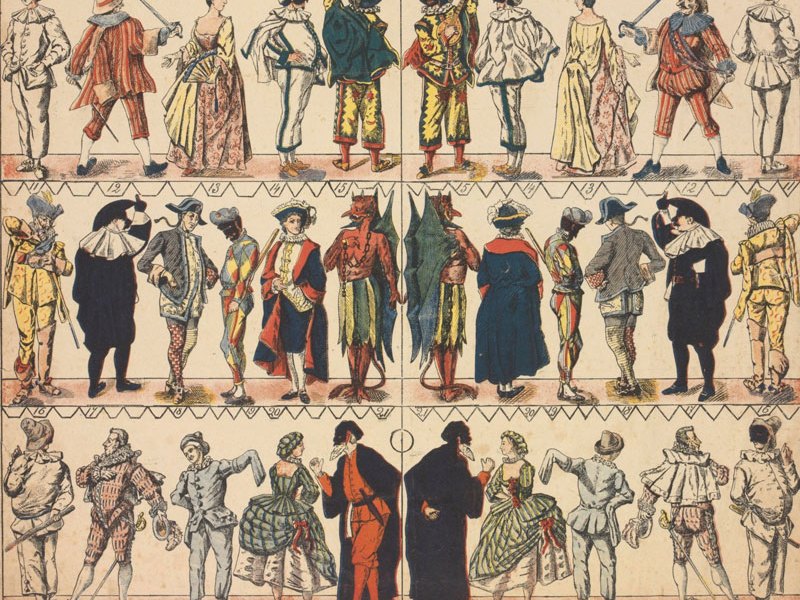
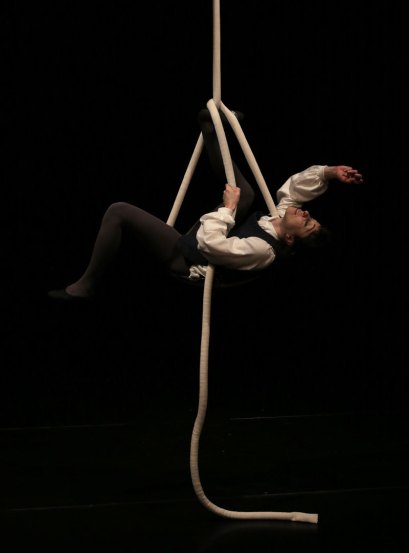
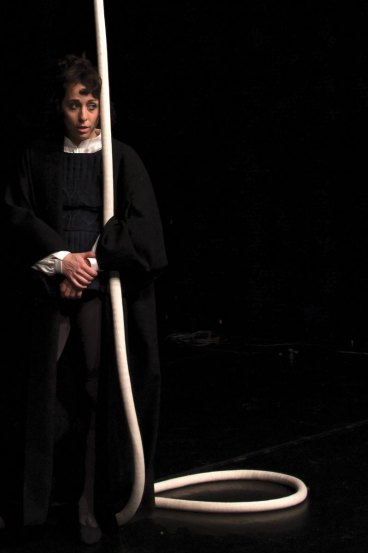
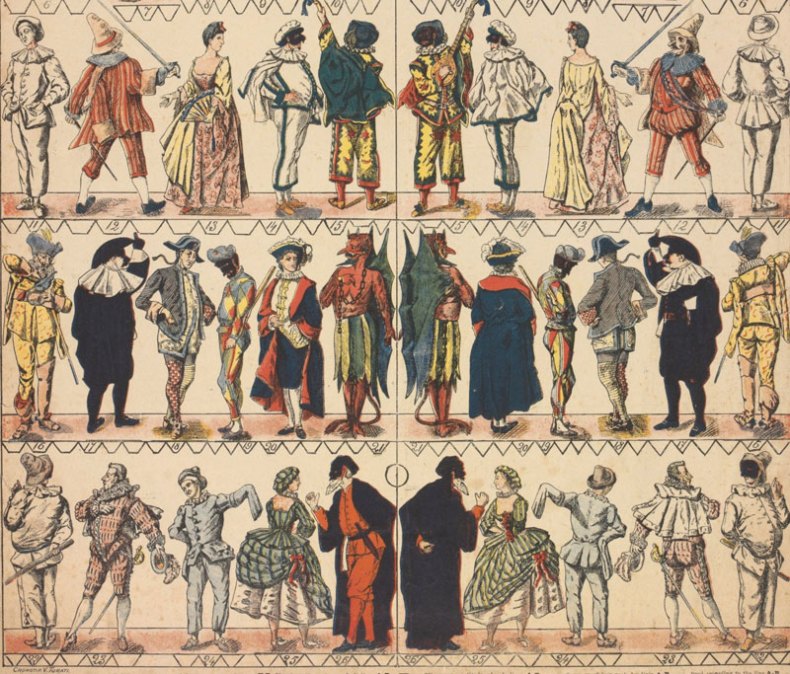
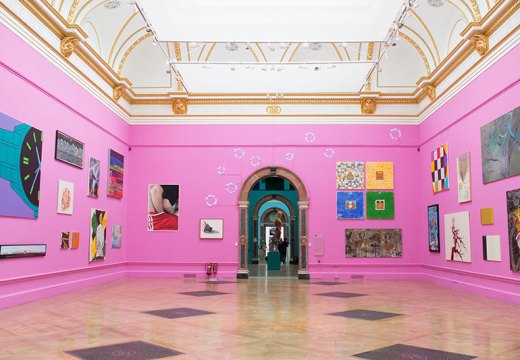

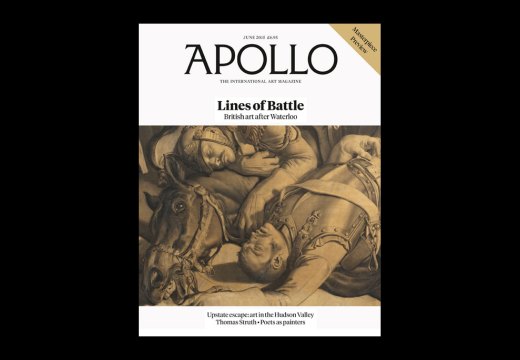









![Masterpiece [Re]discovery 2022. Photo: Ben Fisher Photography, courtesy of Masterpiece London](http://www.apollo-magazine.com/wp-content/uploads/2022/07/MPL2022_4263.jpg)
Why are fathers so absent from art history?